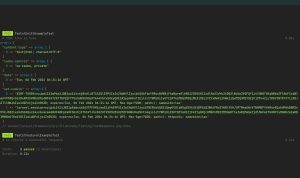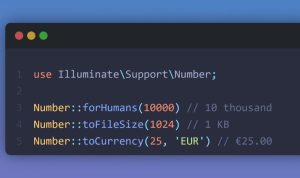What is ES6?
ES6 stands for ECMAScript 6.
ECMAScript was created to standardize JavaScript, and ES6 is the 6th version of ECMAScript, it was published in 2015, and is also known as ECMAScript 2015.
Arrow Functions
Arrow functions allow us to write shorter function syntax:
Example
Before:
hello = function() {
return "Hello World!";
}
Example
With Arrow Function:
hello = () => {
return "Hello World!";
}
It gets shorter! If the function has only one statement, and the statement returns a value, you can remove the brackets and the return keyword:
Example
Arrow Functions Return Value by Default:
hello = () => "Hello World!";
Note: This works only if the function has only one statement.
If you have parameters, you pass them inside the parentheses:
Example
Arrow Function With Parameters:
hello = (val) => "Hello " + val;
In fact, if you have only one parameter, you can skip the parentheses as well:
Example
Arrow Function Without Parentheses:
hello = val => "Hello " + val;
What About this?
The handling of this is also different in arrow functions compared to regular functions.
In short, with arrow functions there is no binding of this.
In regular functions the this keyword represented the object that called the function, which could be the window, the document, a button or whatever.
With arrow functions, the this keyword always represents the object that defined the arrow function.
Let us take a look at two examples to understand the difference.
Both examples call a method twice, first when the page loads, and once again when the user clicks a button.
The first example uses a regular function, and the second example uses an arrow function.
The result shows that the first example returns two different objects (window and button), and the second example returns the Header object twice.
Example
With a regular function, this represents the object that called the function:
class Header {
constructor() {
this.color = "Red";
}
//Regular function:
changeColor = function() {
document.getElementById("demo").innerHTML += this;
}
}
const myheader = new Header();
//The window object calls the function:
window.addEventListener("load", myheader.changeColor);
//A button object calls the function:
document.getElementById("btn").addEventListener("click", myheader.changeColor);
Example
With an arrow function, this represents the Header object no matter who called the function:
class Header {
constructor() {
this.color = "Red";
}
//Arrow function:
changeColor = () => {
document.getElementById("demo").innerHTML += this;
}
}
const myheader = new Header();
//The window object calls the function:
window.addEventListener("load", myheader.changeColor);
//A button object calls the function:
document.getElementById("btn").addEventListener("click", myheader.changeColor);
Remember these differences when you are working with functions. Sometimes the behavior of regular functions is what you want, if not, use arrow functions.











